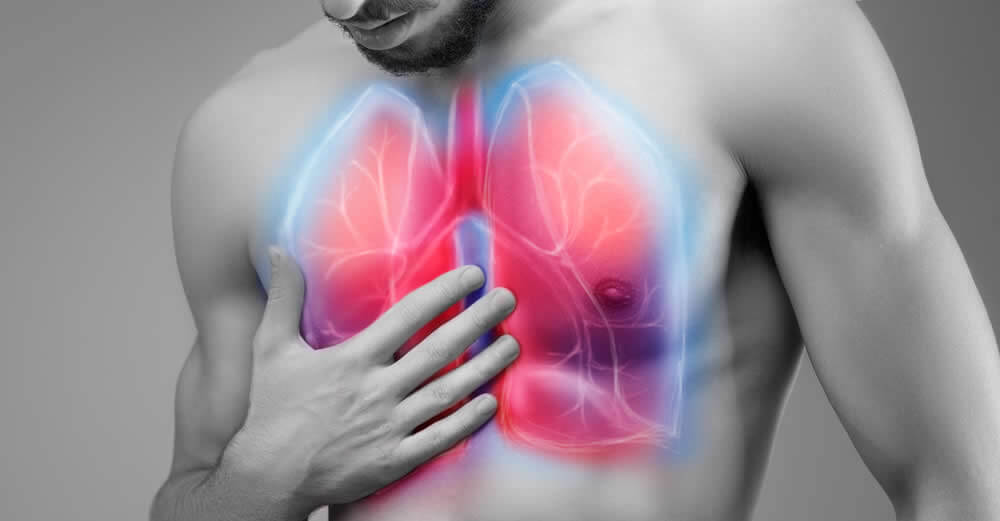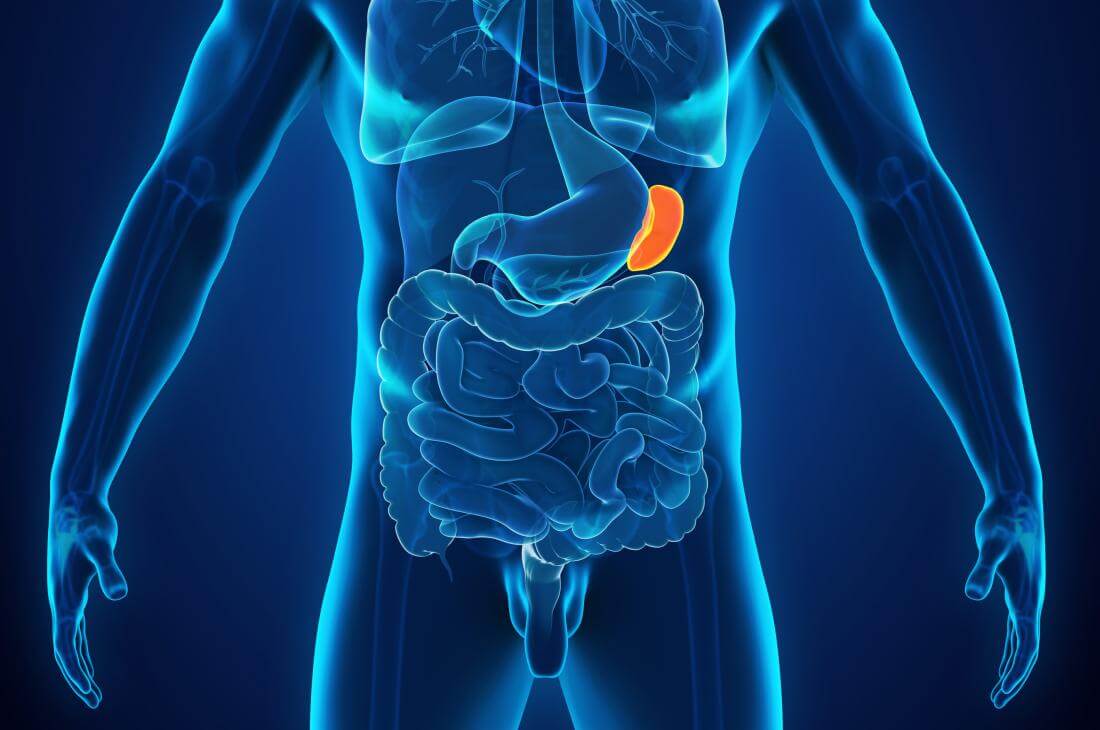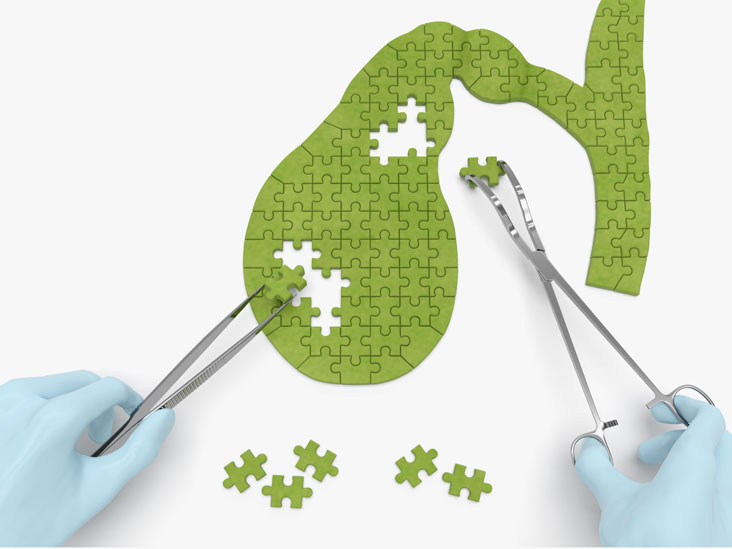The human body is an incredibly complex machine made up of systems of organs all working together to keep things humming along smoothly.
So you’d think that taking anything out would make the whole thing break down. But of course, lots of people live without some of their organs. Like, you’re better off without an appendix if it’s giving you a problem, for example.
And you can afford to lose all kinds of more important organs, too, like a giant chunk of your liver or even an entire lung. Because yeah, your body is a finely tuned machine, but it also has a bunch of redundancies that allow it to adapt to some pretty extreme changes. So here are just a few of the bits you can live without.
Brain

In the human body to lose, even partially, you would think that the brain would be a total dealbreaker. I mean, it controls or coordinates basically everything else. But it turns out that sometimes, it’s better to live with just one hemisphere — half a brain, in other words.
Like when people have a kind of epilepsy where seizures stem from one side of the brain. This can happen with some developmental brain disorders, or with rare conditions like when one brain hemisphere is abnormally large.
One-sided seizures are often difficult to treat, and they can be debilitating. So sometimes doctors recommend a hemispherectomy: the removal of some or all of the half of the brain that’s affected.
It’s a very rare, extreme operation, obviously, but when it’s successful, it can result in relatively normal life.
After a hemispherectomy, between 50-90% of patients become completely seizure-free. They do experience some paralysis in the half of the body normally controlled by the missing brain hemisphere, but most are still able to walk if they could before the procedure.
And the surgery doesn’t usually result in cognitive deficits, either. Younger patients tend to have fewer side effects because the remaining healthy hemisphere is still developing, allowing it to compensate for what’s missing.
Still, it’s a difficult procedure with major risks, so doctors don’t just chop out half of somebody’s brain without carefully weighing other options. But the idea that you can lose half of your brain and still be alive at all is pretty incredible.
Lung

Breathing is another thing that’s kind of essential for human life, so you would think that losing a lung would cause a lot of problems. But you can get by just fine with just one lung.
Lung diseases like chronic obstructive pulmonary disease, cancer, or tuberculosis can wreck someone’s lung tissues. So in some cases, part of a lung or even the entire lung will be removed in a surgery called a pneumonectomy.
When one lung is removed, the extra space allows other organs to shift a bit, giving the remaining lung some more room to expand. Studies have shown that in some animals like dogs and rats, the remaining lung can actually grow new alveoli—the little sacs where gas exchange happens.
It’s thought that children who get a pneumonectomy might also do this since their lungs are still developing. But in adults, it’s more likely that the alveoli just stretch and expand a little to move more air through.
Ultimately, one lung is able to do about 70-80% of what two lungs can, and that is usually enough. Depending on age and other health factors, it might be a bit more difficult to do strenuous activities, but some people who have had this surgery go on to run marathons, which is more than I can say for me.
Stomach

Your stomach has to be tough enough to mush around your meals in gastric acid before passing them along to the small intestine. So it’s fairly resilient. But it can still become impaired or diseased to the point that the patient needs surgery to redirect the digestive tract around their stomach or to remove part of it.
And in some cases, surgeons perform a total gastrectomy to take out the whole thing and just connect the esophagus directly to the small intestine. Oddly enough, this doesn’t really affect the overall process of digestion since most of it occurs in the small intestine anyway.
But since there is no stomach to store food in, patients often need to eat smaller, more frequent meals. Sometimes they also need additional vitamin supplements for things that aren’t absorbed well by the small intestine, like vitamin B12 or vitamin D.
And some patients might develop a side effect called dumping syndrome, which, no, does not refer to the ‘dumping’ that you may be thinking of right now.
Sugars and starches are usually digested in the stomach, but after a gastrectomy, they “dump” straight into the small intestine. Since the intestine isn’t used to that, it recruits water to help break those things down, and a lot of that water comes from your blood, causing a drop in blood pressure.
With dumping syndrome, that can cause all kinds of unpleasant symptoms after a meal: cramping and bloating, nausea, weakness, dizziness, and low blood pressure. But generally, dietary changes are enough to overcome these issues, and people without a stomach get enough calories to go back to their lives.
The spleen

The spleen, which sits to the left of the stomach, is also a pretty useful organ. It’s involved in filtering blood, including removing and breaking down old red blood cells, and it’s one of the places where infection-fighting white blood cells are produced.
But when bad things happen to someone’s abdomen—like if they get shot or stabbed or get in a motorcycle accident, the spleen can rupture.
That’s super dangerous because it can result in internal bleeding that could be fatal. The spleen can also cause problems if it becomes enlarged from an infection, because the swelling can trap and destroy healthy blood cells, leading to anemia.
In those cases, doctors will do a splenectomy, where they remove part or all of the spleen. It’s typically considered a safe procedure, but because of its role in the immune system, people without a spleen are more prone to infections, especially from certain bacteria.
So for people without spleens, it’s important for them to boost their immune system by taking preventative antibiotics and staying vaccinated. But the redundancy of the human body means the immune system isn’t completely destroyed. And the liver can pick up the slack when it comes to filtering blood.
Liver

Your liver does a lot, it processes nutrients, detoxifies your blood, and produces bile, a fluid that helps digestion. And yet, while you can’t have your whole liver removed, you can donate more than half of it to help someone whose liver is diseased.
What’s really amazing, though, is that unlike your other organs, your liver will grow back. Your liver is made of hepatocytes, specialized cells that don’t actively replica that is until some are missing.
When a piece of liver is removed, hepatocytes reactivate and start replicating again, growing new liver cells. Liver regeneration is so efficient that you can lose up to 65% of your liver and it’ll grow back within a year.
Just a quarter of a liver can become a completely new liver in a transplant recipient. Like any major surgery, there are risks and potential complications. But if you’re in good health and feeling altruistic, the liver donation is a thing that you can do and probably be totally fine afterward.
Gallbladder

Tucked underneath your liver is a small, pear-shaped organ: the gallbladder. Its main job is to store the bile that the liver produces until it’s needed for digestion.
But sometimes, the components of bile harden into small pebble-like stones, and if those stones become a problem, doctors just yank out the whole thing. Bile is mostly made up of cholesterol, bile salts, and a waste compound called bilirubin that’s responsible for the color of your poop.
In the small intestine, bile’s job is to help digest fats and break down fat-soluble vitamins like vitamin A and vitamin D. But for reasons that actually aren’t well-understood, the cholesterol and bilirubin in bile can harden into gallstones, which can cause blockages in the bile duct, the tube that leads to the small intestine.
Problematic gallstones are super painful, and without treatment, they can lead to infections and inflammation and even be deadly. Unlike kidney stones, which can often be peed out, gallstones don’t exit willingly. Sometimes they can be dissolved with medication, but usually they return after the meds are stopped.
So in most cases, the treatment for gallstones is to remove the gallbladder entirely by performing a cholecystectomy. This surgery was first performed in 1882. A German surgeon noted that other mammals don’t have a gallbladder, so he figured ours probably wasn’t too important. And he was kind of right. The bile still gets to your small intestine without it. It just doesn’t get temporarily stored along the way.
If your gallbladder is removed and the surgery goes smoothly, usually all you have to show for it is a tiny scar and maybe a little bit of extra indigestion.



